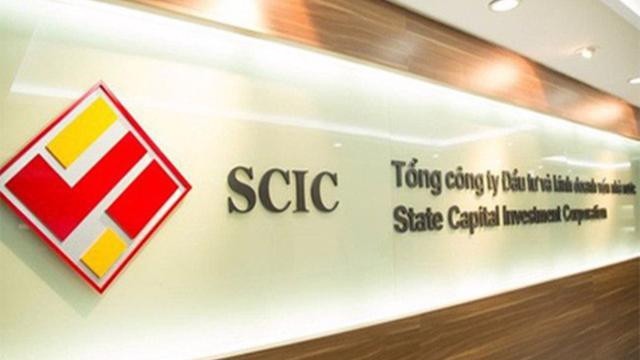Central bank policies aim to revive economy
Central bank policies aim to revive economy
Late June, the State Bank of Viet Nam took two important decisions aimed at stirring up the economy market and improving aggregate demand.

However, these new policies cannot promise much, given that similar moves have not made much of a difference in the past, and that they do not address other factors behind the current economic malaise.
One of the decisions was to increase the dong-US dollar exchange rate by one per cent to 21,036 from VND20,828.
The central bank also decided to cut the dong deposit rate cap to 7 per cent from 7.5 per cent and dollar cap for individuals to 1.25 per cent from 2 per cent.
Accordingly, short-term lending rates for prioritised sectors including agriculture, exports, supporting industries, hi-tech businesses and small and medium enterprises (SMEs) will be cut from 10 to 9 per cent.
The central bank's moves are not so surprising that they can shock the market. They are expected to be a "lever" to lift demand and partly settle enterprises' inventory problem.
This is expected to allow enterprises to revive production and export enterprises will benefit from the cheaper dong.
The central bank's decision to lower the deposit interest rates is necessary since it would help reduce cost prices and encourage enterprises to step up production.
However, reality does not always dovetail with hopes and plans. Since late 2012, the central bank has already cut key interest rates several times in the hope they would stimulate consumption in the domestic market. However, this measure has generated modest results.
The current situation is likely to be the same. Cheap funds are not enough any longer to motivate enterprises and even individuals to borrow. Capital access is not the only problem they are facing. Bad debts, large inventories and loss of business confidence are some major issues that they are dealing with.
Moreover, enterprises saddled with bad debts cannot access loans even if the interest rates are low. Banks are wary of having their bad debts rise even further and have become very cautious in their lending. Of every ten firms that approach the banks, just two end up meeting the requirements to get loans.
On the other hand, many enterprises are not keen on borrowing because they are stuck with huge inventories and have lost confidence.
The latest 1 per cent adjustment in the foreign exchange rate officially came into effect on June 28. It was the first adjustment after nearly two years, during which the central bank had kept the rate at VND20,828 per dollar.
The central bank's move seems reasonable in the current context of exports showing signs of recovery and enterprises' dollar demand increasing to import raw materials.
However, the economy as a whole will not see great impacts. The move may benefit export firms, but imports would become more expensive, making it difficult for the majority of production enterprises that still rely on imported raw materials and equipment.
In addition, the central bank's efforts to keep the forex rate stable in 2012 and the first five months of 2013 has significantly boosted people's confidence in the local currency.
Whether the latest adjustment will erode this confidence remains to be seen.
vietnamnews


























